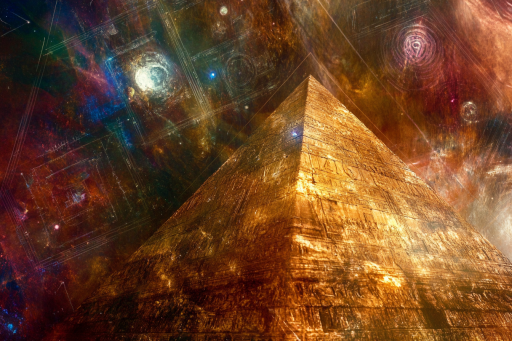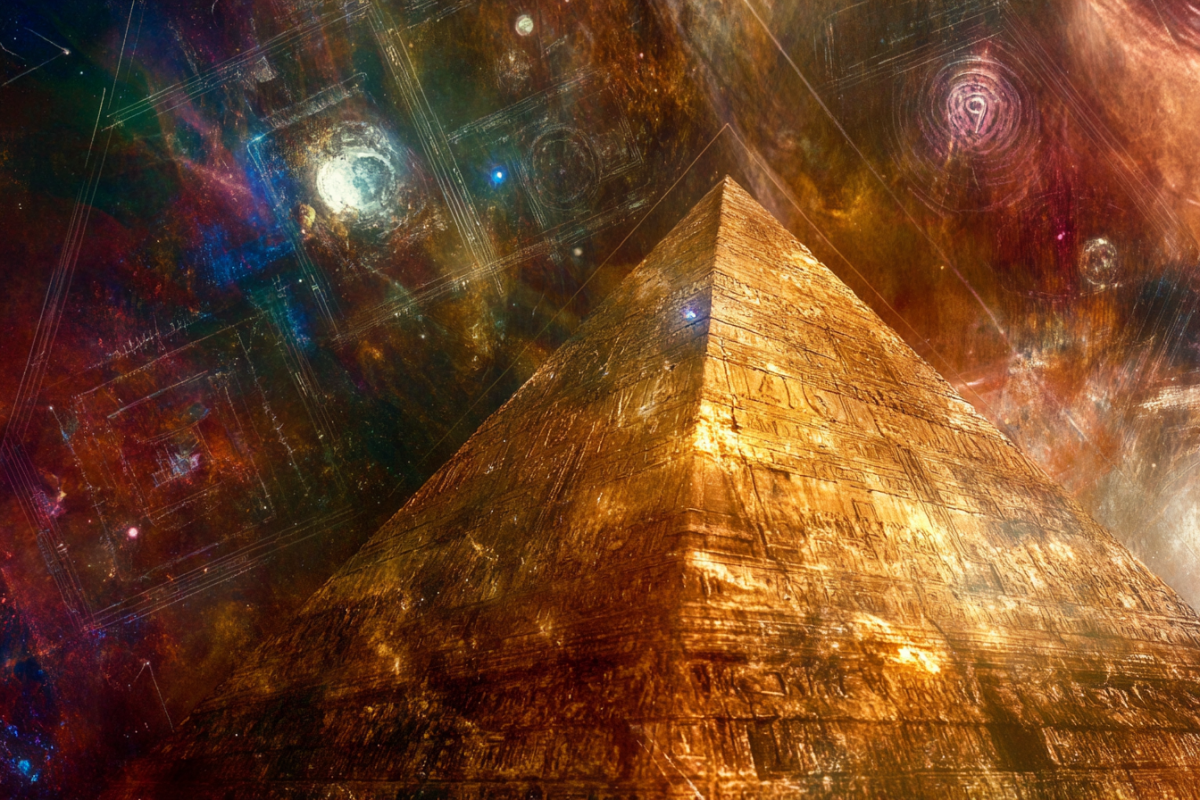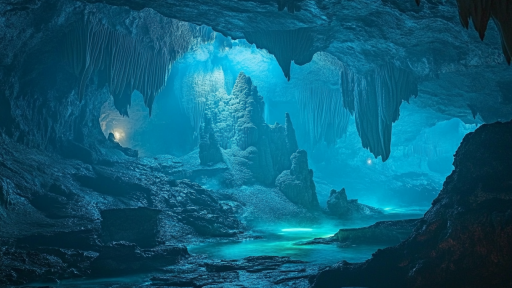
Throughout history, civilizations separated by vast oceans and centuries of time have created strikingly similar patterns—designs, structures, and beliefs that appear too alike to be mere coincidence. From architectural wonders to mysterious symbols, these shared patterns raise intriguing questions about human intuition, collective memory, or even unknown forces at play. How did these cultures, with no apparent contact, come to develop such parallel ideas? Dive into these perplexing connections and decide for yourself if they are simply chance or something more profound.
Sacred Geometric Symbols

From the Flower of Life to the interlocking spirals of the Triskelion, ancient cultures across the globe embedded sacred geometry into their art, architecture, and spiritual beliefs. Found in Egyptian temples, Celtic carvings, and Buddhist mandalas, these complex patterns seem to reflect an innate understanding of mathematics and the universe. Were these symbols intuitive expressions of nature’s design, or did these civilizations tap into a deeper, shared wisdom? The recurrence of these precise geometric patterns remains one of history’s great enigmas.
Pyramidal Structures

Pyramids rise from the landscapes of Egypt, Mesoamerica, China, and Indonesia, each built by civilizations that were never in contact. These massive structures, often aligned with celestial bodies, reflect a seemingly universal blueprint for spiritual and functional architecture. How did cultures from vastly different regions settle on the pyramid’s form as the ideal monument? Theories range from practical engineering solutions to cosmic connections guiding their construction.
Labyrinthine Designs

The labyrinth, with its winding, maze-like structure, appears in Greek mythology, Native American petroglyphs, and the temples of India. Often symbolic of spiritual journeys, these intricate pathways challenge the mind and body, leading one toward enlightenment, protection, or mystery. Some were walked in ritual, while others seem to encode hidden knowledge. Is the labyrinth simply an expression of human fascination with complexity, or does it serve a deeper, universal purpose?
The Omnipresent Serpent

Across the myths of the Mayans, Chinese, Norse, and Egyptians, the serpent emerges as a powerful, dual-natured symbol—representing both creation and destruction, wisdom and chaos. The feathered serpent Quetzalcoatl, the cosmic Ouroboros, and the coiled dragons of the East all echo the same fundamental imagery. How did this symbol come to hold such significance across civilizations? Whether guardian, deity, or bringer of change, the serpent slithers through the very core of human mythology.
Celestial Alignments

Ancient monuments worldwide—from Stonehenge to the Great Pyramids and Machu Picchu—align with the solstices, equinoxes, or specific celestial bodies. These precise astronomical calculations imply a deep, shared interest in tracking the cosmos. Were these alignments simply a means of marking time, or do they point to a lost, advanced understanding of the universe? The sky, it seems, has always held secrets that civilizations sought to decode.
Handprint Cave Art

Spanning continents and millennia, prehistoric cave art often features human handprints—pressed, painted, or stenciled against stone walls. Found in locations from Argentina to Indonesia, these prints seem to mark humanity’s presence in a deeply personal and ritualistic way. Were these simple self-expressions, spiritual signatures, or messages meant to transcend time? The eerie similarity of these handprints leaves an impression that connects all of humanity’s ancient past.
The Sun Worship Connection

From the temples of the Incas to the grand civilizations of Egypt and Mesopotamia, the sun was revered as a life-giving force and divine entity. Sun gods such as Ra, Inti, and Surya were central to religious structures, and their worship often dictated calendars, ceremonies, and sacred sites. Why did so many separate societies build their spiritual foundations around the sun? Whether for survival or spirituality, the sun’s influence remains a universal constant in human history.
Parallel Creation Myths

Strikingly similar creation myths emerge across cultures—flood stories, cosmic eggs, and divine sculptors shaping humanity from clay. The Epic of Gilgamesh, the biblical Noah’s Ark, and Hindu flood myths all tell of cataclysmic waters resetting civilization. Could these narratives stem from real, prehistoric events, or do they reflect a shared psychological need to explain our origins? The echoes between these myths hint at something deeply ingrained in the human experience.
Elongated Skulls and Cranial Deformation

From the Paracas culture of Peru to ancient Egypt and indigenous tribes in Africa and Asia, the deliberate practice of skull elongation appears in civilizations separated by vast distances. This modification, often associated with higher status or divine ancestry, suggests a shared belief in altering human form for spiritual or societal reasons. How did such an unusual practice become widespread? The mystery lingers in the elongated skulls left behind.
Giant Megalithic Structures

Massive stone structures, often featuring stones weighing hundreds of tons, dot the landscapes of ancient civilizations—Göbekli Tepe, Baalbek, Easter Island, and the Stonehenge complex. The precision and sheer scale of these constructions defy simple explanations, leading some to wonder whether lost technologies or unknown knowledge played a role. Why were these megaliths so important, and how were they moved with such limited technology? Their very existence challenges conventional historical narratives.
Mysterious Underground Cities

Subterranean cities like Derinkuyu in Turkey, the vast tunnel networks of Europe, and the hidden caves of China suggest that ancient civilizations went to great lengths to construct underground refuges. Were these built for protection from invaders, catastrophic events, or something more enigmatic? The scale and sophistication of these underground dwellings reveal an advanced level of planning, yet their true purpose remains elusive.
Echoes of the Unknown

What forces guided these civilizations to create such eerily similar patterns despite being separated by time, geography, and culture? Were they independently drawing from the same human instincts, or is there an unseen thread that connects them all? The deeper we dig into the past, the more questions we uncover. Perhaps history holds more mysteries than we are prepared to accept.





